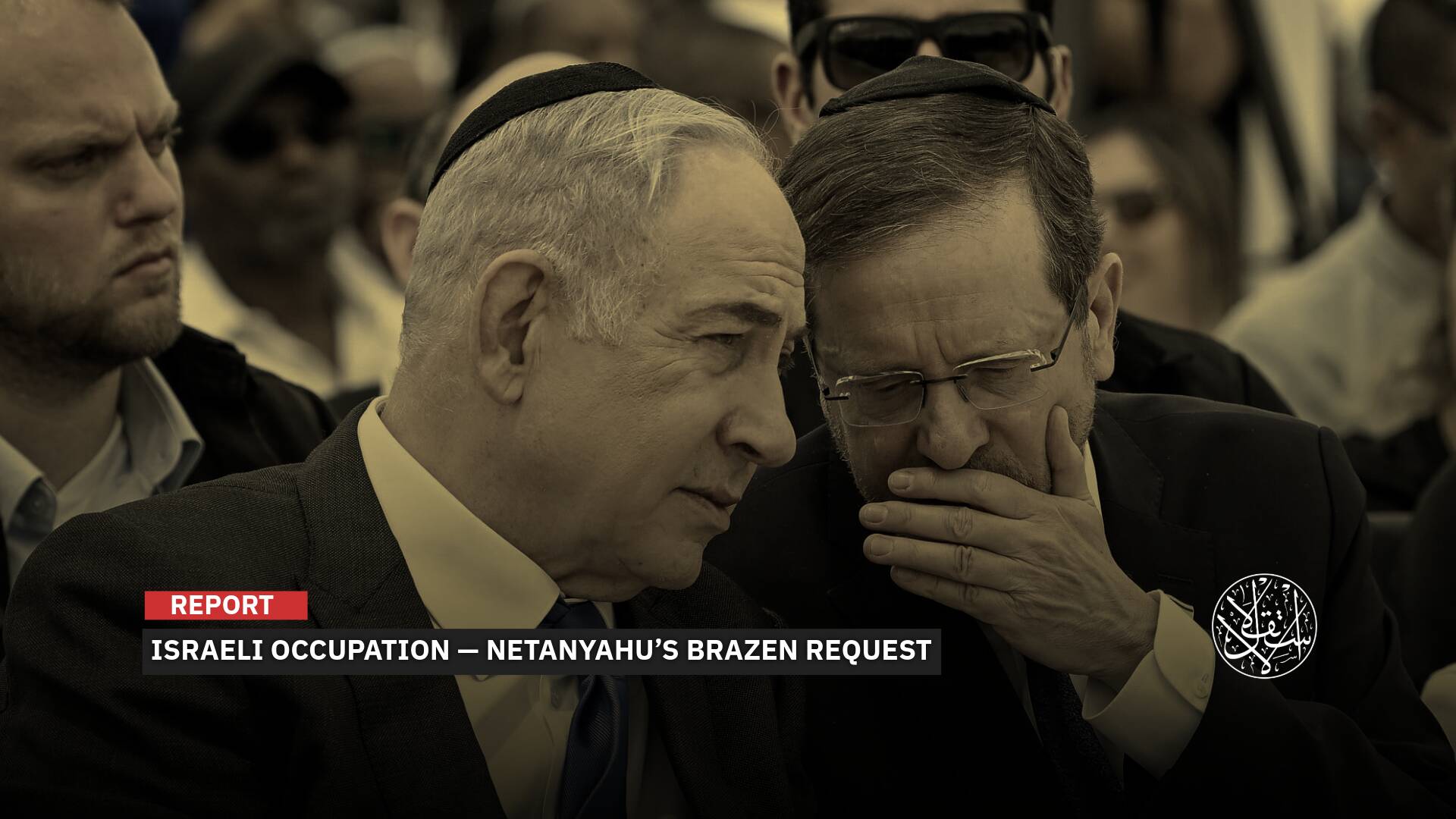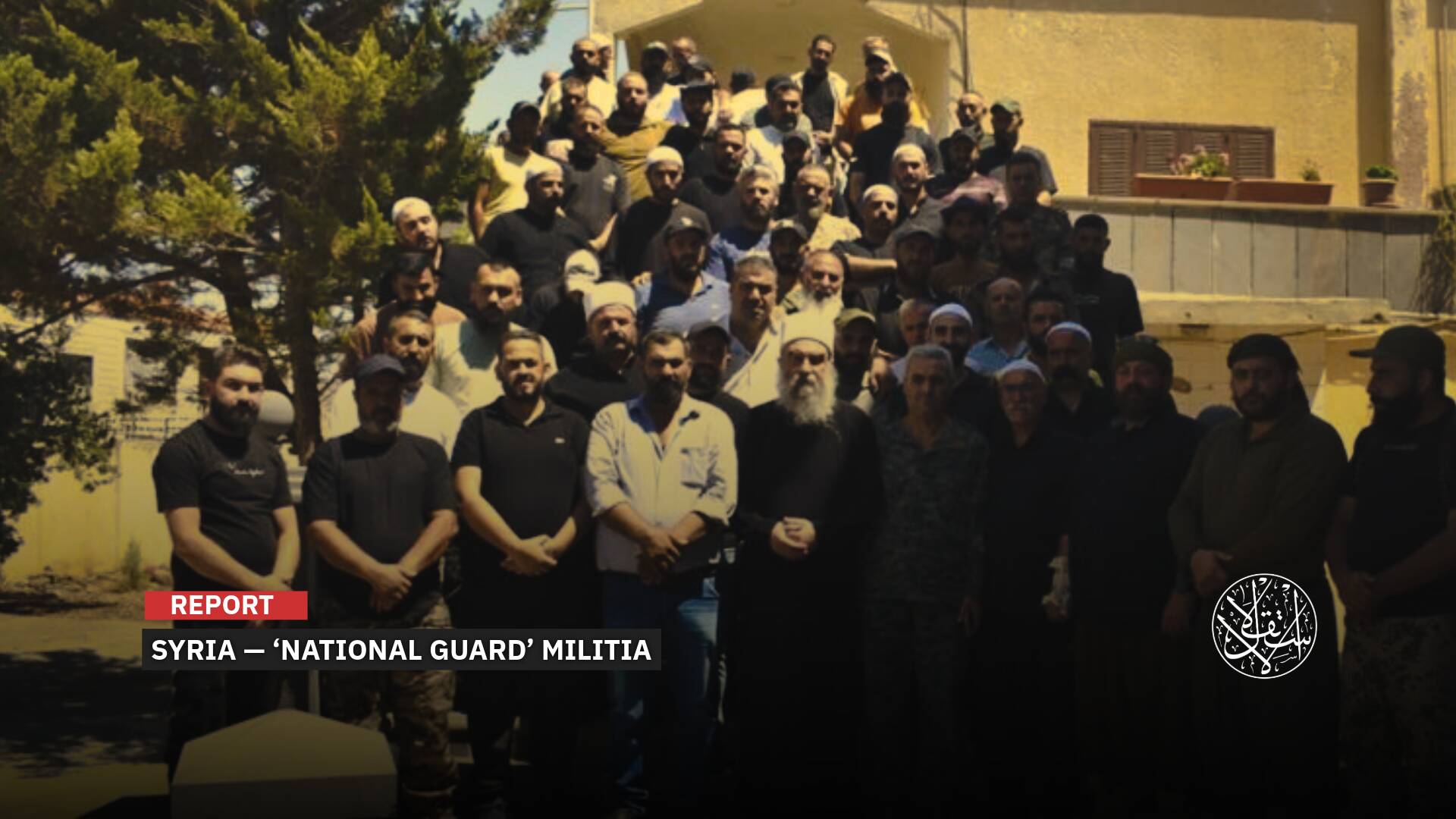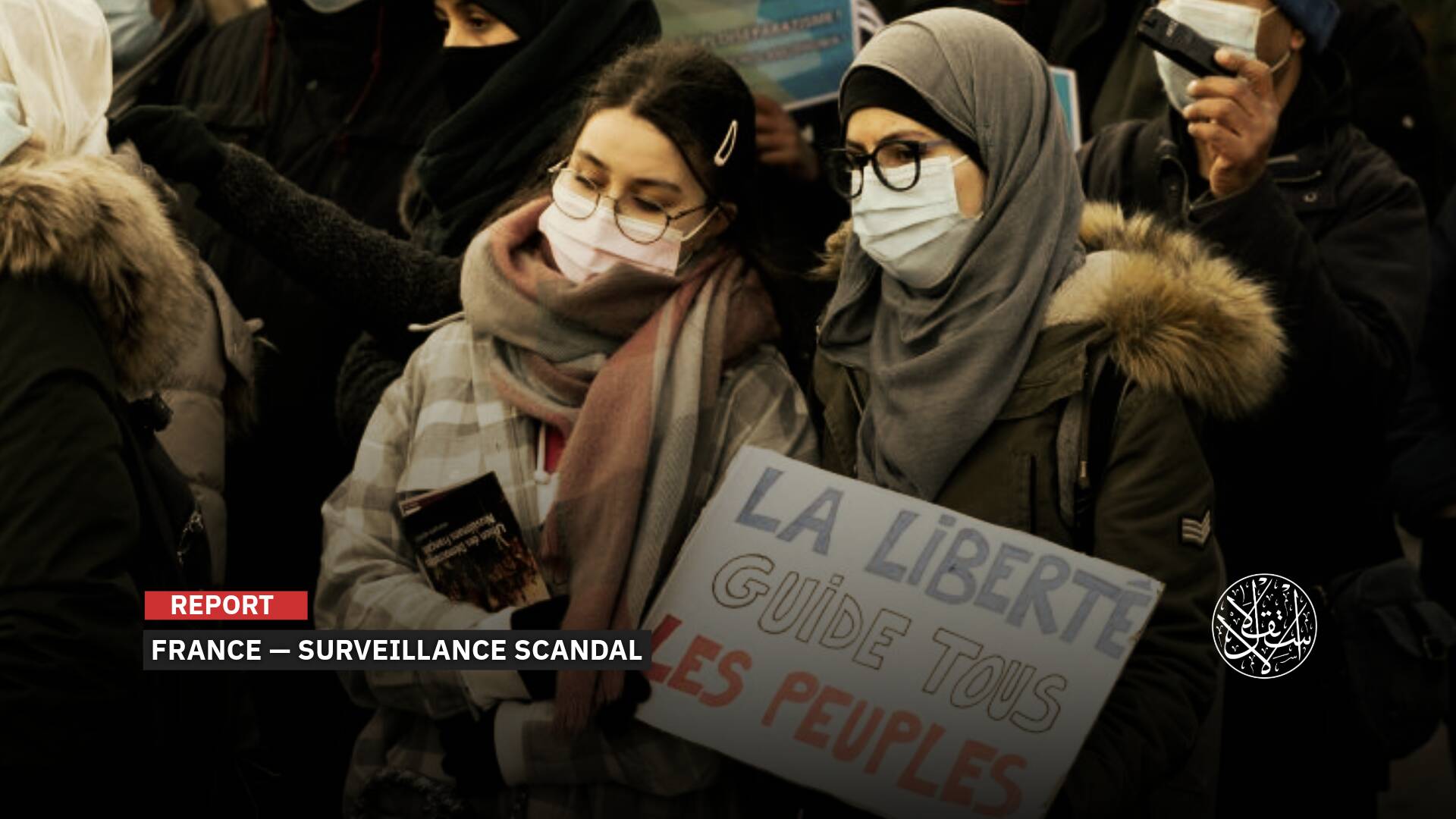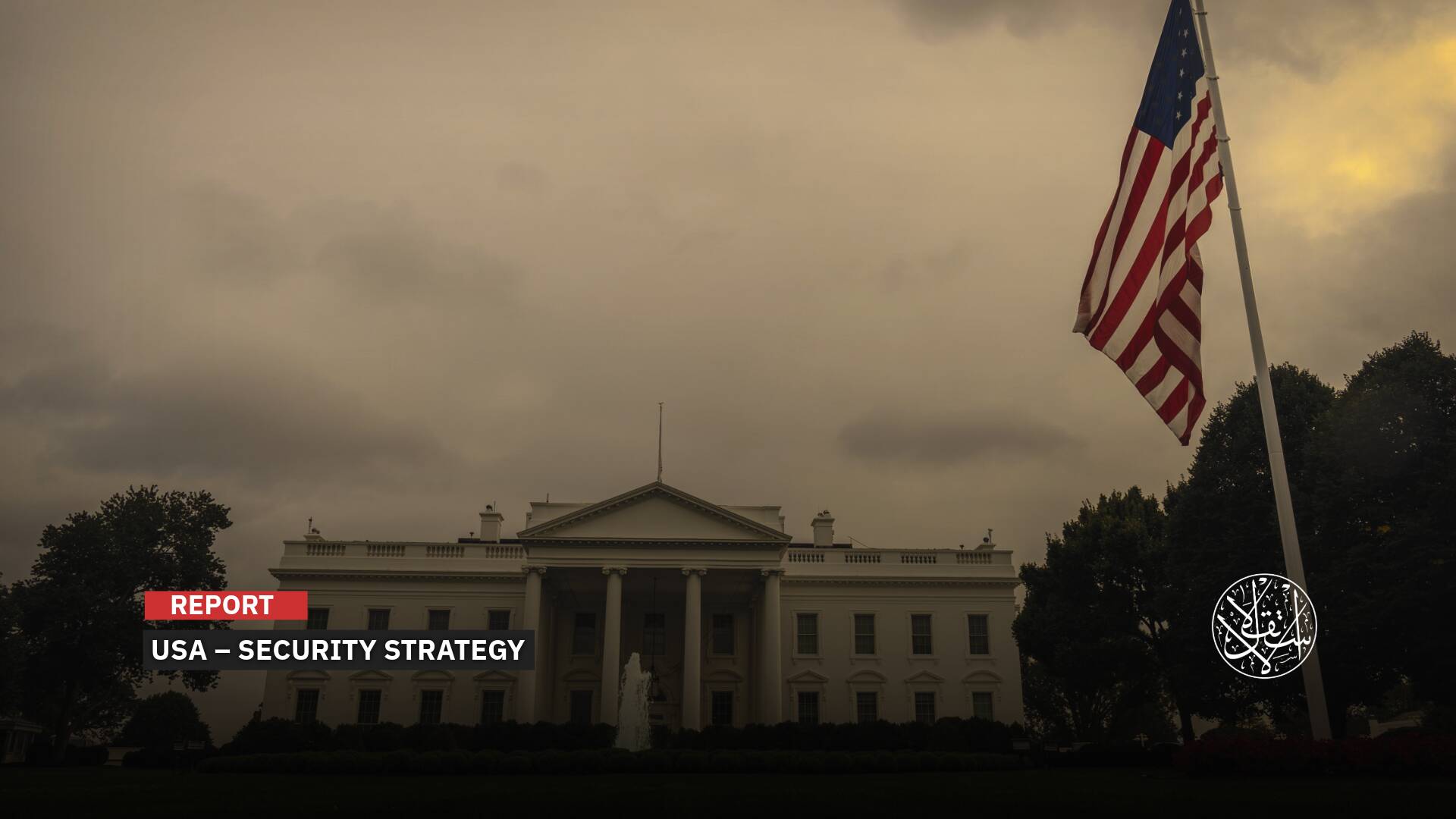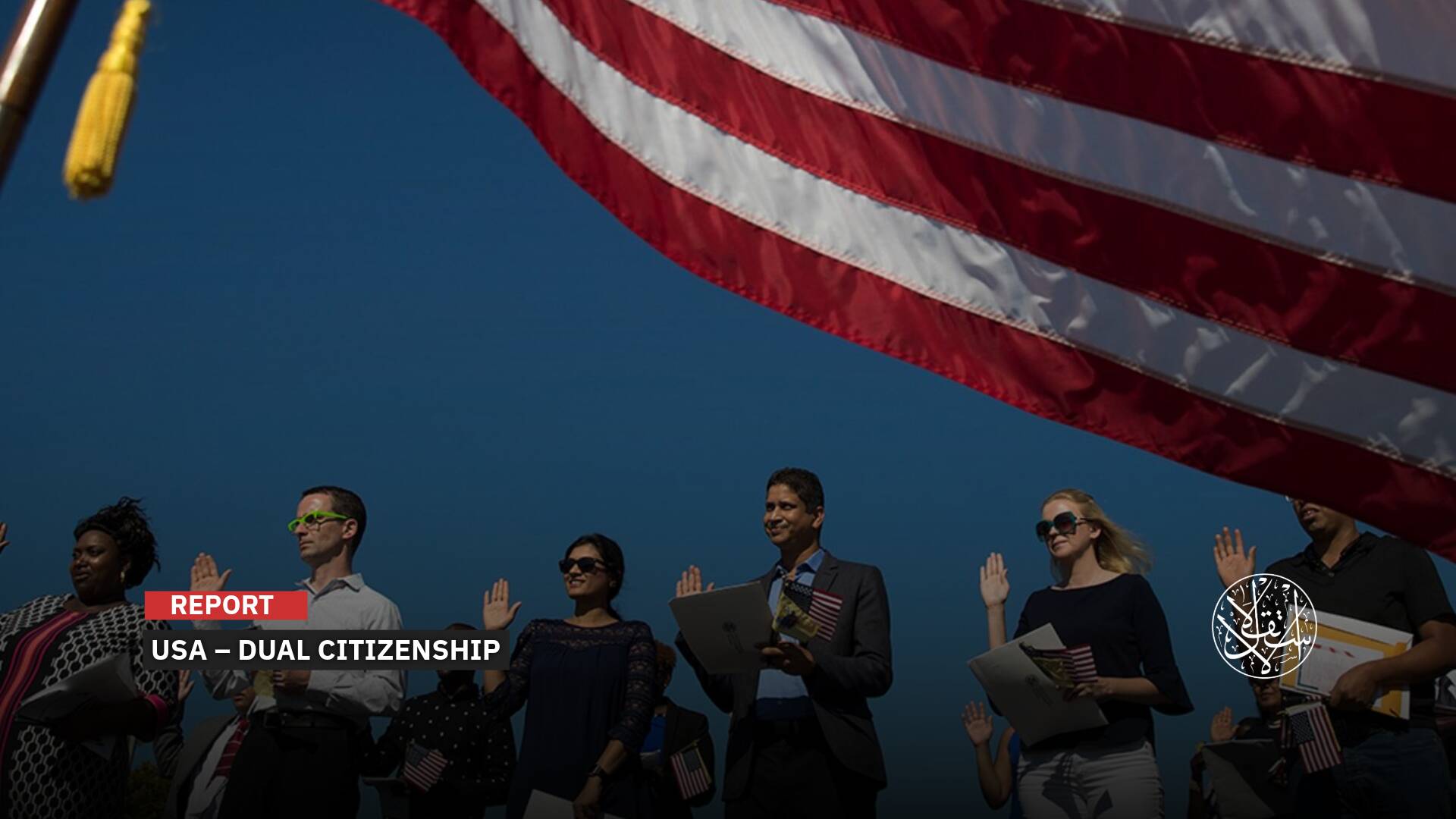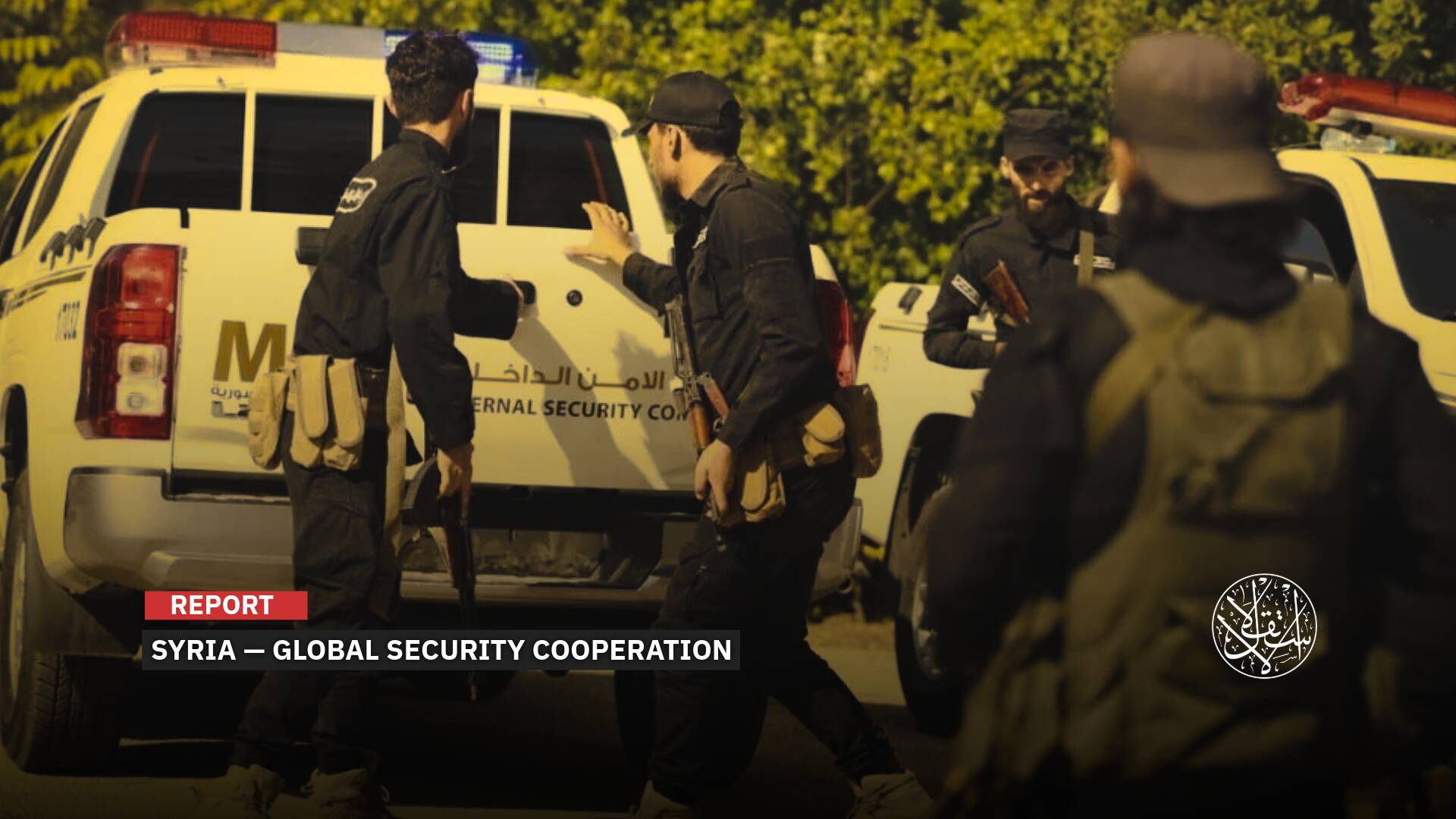Cordoba Faces Attempts To Erase Its Islamic Identity — Who Is Behind the Scheme?

On February 27, 2023, El Pais Spanish newspaper leaked the Catholic Church’s efforts in Spain to change the Islamic character of the famous Cordoba Mosque.
El Pais published a leaked report written by the Archbishop of Cordoba, Demetrio Fernandez Gonzalez, calling for a “complete redesign” of the mosque area to ensure that Cordoba does not appear as an “Islamic city.”
The report said the scheme aims to “correct” what it deems to be an overly Islamic vision of the city’s past.
“The need to redesign the entire space [of the mosque area] derives from the finding that Cordoba is marked with a very powerful cultural label: that of a Muslim city,” said a report by Demetrio Fernandez, the Bishop of Cordoba.
“The cultural reductionism is so strong that it has the capacity to eclipse the brilliant Visigoth, Roman, and Christian past, rich in artistic manifestations, which has left indelible traces in the history and the current culture of the city.”
According to El Pais, the plan is the latest “offensive against the indisputable and evident Islamic influence of the entire monumental ensemble” by the bishop.
The Cordoba Mosque, built in 785 AD, is one of the world’s most celebrated Islamic monuments and was founded by the Umayyad dynasty.
It was expanded in 1009 AD to become the third-largest mosque in the world. However, after the fall of the Islamic rule of Andalusia, the Cordoba Mosque was converted in 1236 into a cathedral.
The Spanish Crusaders forced the remaining Muslims under Christian rule to convert to Christianity by virtue of a royal decree on February 14, 1502 (Shaaban 6, 907 AH).
The plans, covered by the El Pais, were published by The Times on February 28, 2023. The magazine stated that the Bishop of Cordoba does not want to admit that his church was once a mosque.
Fernandez previously caused outrage when he claimed in an interview in 2017 that the mosque was Christian art, saying: “In reality, the Umayyads, the caliphs, had neither their own architects nor created a new art, it is not Muslim art.”
“They went for their Christian countrymen from Damascus and brought them to Cordoba. But the art is not Muslim. It is Byzantine…the Moors only put in the money.”
In December he said: “Before the mosque there was a Visigothic basilica and after the Muslim period, which left us this precious temple, there has been an accumulated living history.”
Failed Attempts
This is not the first time that the Bishop of Cordoba has tried to implement such a plan; it is the fourth. Spanish cultural entities, which seek to preserve the Islamic architectural heritage because of its historical importance, stop him every time. The first time was in 2013.
German writer, Dieter Bartetzko, wrote about the plan in the Frankfurter Allgemeine newspaper and the German Qantara website of Deutsche Welle in 2014.
Bartetzko wrote at that time criticizing the denial of Cordoba’s cathedral as “the Islamic city.”
He said: “Many people in Spain feel that the Bishop of Cordoba would like the world to forget that his cathedral was once a mosque…It’s rather ridiculous: anyone denying Spain’s Moorish legacy is denying almost five hundred years of the country’s cultural history.”
He pointed out that Spanish historians, jurists, and journalists submitted a petition on the Internet at the end of 2013, signed by 91,000 sympathizers, demanding that the Cordoba Cathedral be placed under state supervision.
The reason is the attempt of the Bishop of Cordoba to rule the cathedral, seize it, and seek to remove Islamic symbols from it and erase the description of a “mosque” from the official booklet of the Mezquita Catedral (The Mosque–Cathedral of Cordoba).
They said that all this contradicts the declaration of UNESCO in 1986 that the mosque is a “symbol of harmony between different civilizations and religions” and its inclusion in the list of world cultural heritage.
The second time that the Bishop of Cordoba tried to erase any Islamic characteristics of Cordoba was in 2017.
On January 15, 2017, he claimed, during an interview with journalist Jon Sistiaga in the magazine “17” about his analysis of the cultural situation in Cordoba, that the mosque’s origin is a Byzantine church, according to the Cordopolis website.
It was claimed that the emirs of Cordoba built it with their own money only, but with the expertise of Christians and the columns of Christian basilicas, that is, buildings of a Greco–Roman style, during the reign of Minister Abd al-Rahman I, in the eighth century.
He said that the Umayyads admired the classical European traditions, especially the Hellenistic (the reign of Alexander the Great and the height of Greek influence), and its Christian heir in Byzantium, and this makes the Cordoba Mosque “the last western witness” to the Greek influence, ignoring the Islamic reality of this place.
“In reality, the Umayyads, the caliphs, had neither their own architects nor created a new art, it is not Muslim art,” he said. “They went for their Christian countrymen from Damascus and brought them to Cordoba. But the art is not Muslim. It is Byzantine…the Moors only put in the money.”
In December he said: “Before the mosque there was a Visigothic basilica and after the Muslim period, which left us this precious temple, there has been an accumulated living history.”
The third time was when the bishop sparked widespread controversy with statements in which he said that “the Cordoba Mosque is an embodiment of Christian art” and that “the Umayyad caliphs did not have architects and did not create new art.”
He claimed that “the Moors [an ecclesiastical term for Moroccan Muslims, and in Spanish it is called ‘Moros’] only put the money…it is not Muslim art,” according to the Asturias Laica website on March 6, 2023.
He said that “they took refuge with their Christian compatriots in Damascus and brought them to Cordoba to build the mosque, so it is not the embodiment of Islamic art, it is Byzantine architecture.”

History of Cordoba
The Cordoba Mosque was built with the Umayyad Mosque style in Damascus, and it consists of a sanctuary 73.5 meters wide and 36.8 meters deep, divided into 11 galleries by 10 rows of arches, each of which includes 12 arches resting on marble columns.
In addition to the presence of 4 gardens in the courtyard of the building, which is called “Riyadh,” and geometric motifs and elaborate arabesques made of wood and plaster, while the walls and columns of the mosque are decorated with many phrases, most of which are Quranic verses.
The Cordoba Mosque is distinguished by a wonderful architectural mixture in which eastern and western artistic aesthetics and Roman and Gothic artistic techniques were integrated into the construction.
It included elements previously unknown in Islamic religious architecture, such as using double arches to support the roof and mixing stone and brick.
Therefore, Islamic and Christian architecture are mixed in Cordoba, so you see arched domes, Islamic natural and geometric forms, drawings, and images of saints.
During Islamic history in Andalusia, the mosque was not only a house of worship but also a university for teaching, and it was “one of the greatest centers of education in the world” and is now called the Cathedral–Mosque or Mezquita Catedral.
The Cordoba building witnessed a number of strange transformations; it was a pagan temple, and when the Goths (eastern Germanic tribes) took control of Spain, they built a church in the place.
After the Islamic conquest, Muslims and Christians shared the complex, as part of it became a mosque and the other a church.
After a while, Abd al-Rahman al-Dakhil bought the church’s land and built and renovated the rest of the Christian churches in the country, but after the fall of Cordoba at the hands of Ferdinand III, leader of the Kingdom of Castile in June 1236, the Spaniards turned the Cordoba Mosque into a cathedral.

At first, the mosque’s name was the Hadhra Mosque, meaning the mosque of the Caliph, and it was small in size, and its area at that time did not exceed 4875 m2. However, parts of the mosque were demolished, so it was demolished, and the Great Mosque of Cordoba was built over two centuries.
The courtyard of the Great Mosque is considered an Islamic piece of art, as it is surrounded by a wall permeated by seven doors, and in its northern part, there is the minaret, and a cathedral was built in part of it, which was attended by Christians for worship.
Prior to the fall of the Andalusian states, the priests of Cordoba in the year 633 AH / 1236 AD invaded the mosques and palaces in Cordoba and attacked and destroyed the mosque.
Immediately after the fall of Cordoba, the mosque was transformed into a cathedral called the Assumption of the Virgin Mary.
Muslims were banned from entering the cathedral from 1236 until 1981, when the Mayor of Cordoba, Julio Anguita, dubbed the Red Caliph, gave the keys of the mosque to the Islamic Society.
Muslims were allowed to raise the call to prayer and perform the Eid prayer for the first time in the implementation of the Religious Freedoms Law passed by the Spanish Parliament in 1979.

The church and the Spanish press then criticized the Red Caliph’s move, which led to the cancellation of the decision; Anguita then entered into conflict with the bishops of the city.
After his death in May 2020, it became clear that he had secretly converted to Islam and was trying to protect the rights of minorities in Cordoba and counter attempts to obliterate the identities of the city’s religious legacies.
In 1984, the Cathedral–Mosque entered the UNESCO World Heritage List, but its ownership was transferred from the Spanish government to the Catholic Church in 2006.
The bishop registered the cathedral in the name of the church so that it became a property belonging to the Catholic Church. The cathedral also removed the name of the mosque from websites, brochures, and tourist guides, according to El Pais on February 27, 2014.
This sparked widespread controversy, given the historical importance of this monument. It was followed by the successive attempts of the Bishop of Cordoba to strip it of any Islamic character.
In September 2016, a committee affiliated with the municipality of the Spanish city of Cordoba confirmed in a report on the ownership of the cathedral that it “was never owned by the Catholic Church” and stressed that it is one of the most prominent Islamic landmarks in Andalusia.
After several pressures, claims, and moves from Spanish Muslims and others who support their historical right to the mosque, the Spanish authorities reluctantly agreed to rename this building the “Mosque and Cathedral Complex.”
Sources
- Spanish Church ‘accused of glossing over Muslim identity of Cordoba’s Great Mosque’
- The Bishopric of Córdoba wants to prioritize "the Christian heritage" in an interpretation center of the Mosque-Cathedral [Spanish]
- The Moors only put money [Spanish]
- What do you know about the Great Mosque of Cordoba, which was converted into a cathedral? [Arabic]
- Does Cordoba deny Islam? [Arabic]
- It was built by the Umayyads and turned into a church by the Castilians: Cordoba Mosque-Cathedral [Arabic]
- Mezquita and Hagia Sophia: two sacred symbols and the culture wars that belie their complex history


